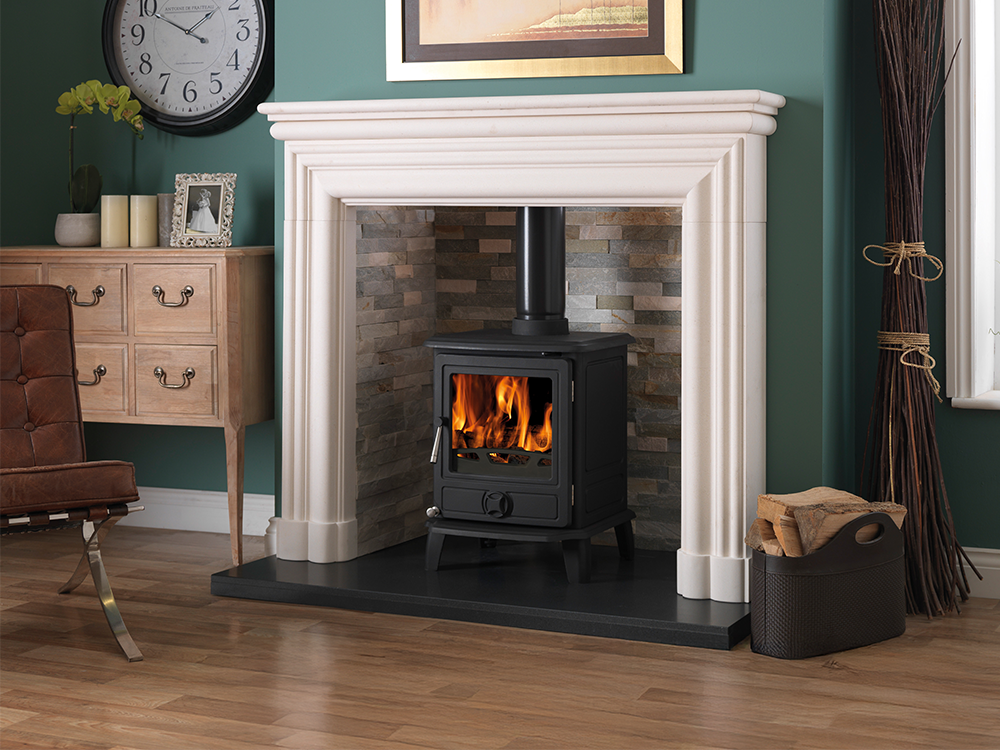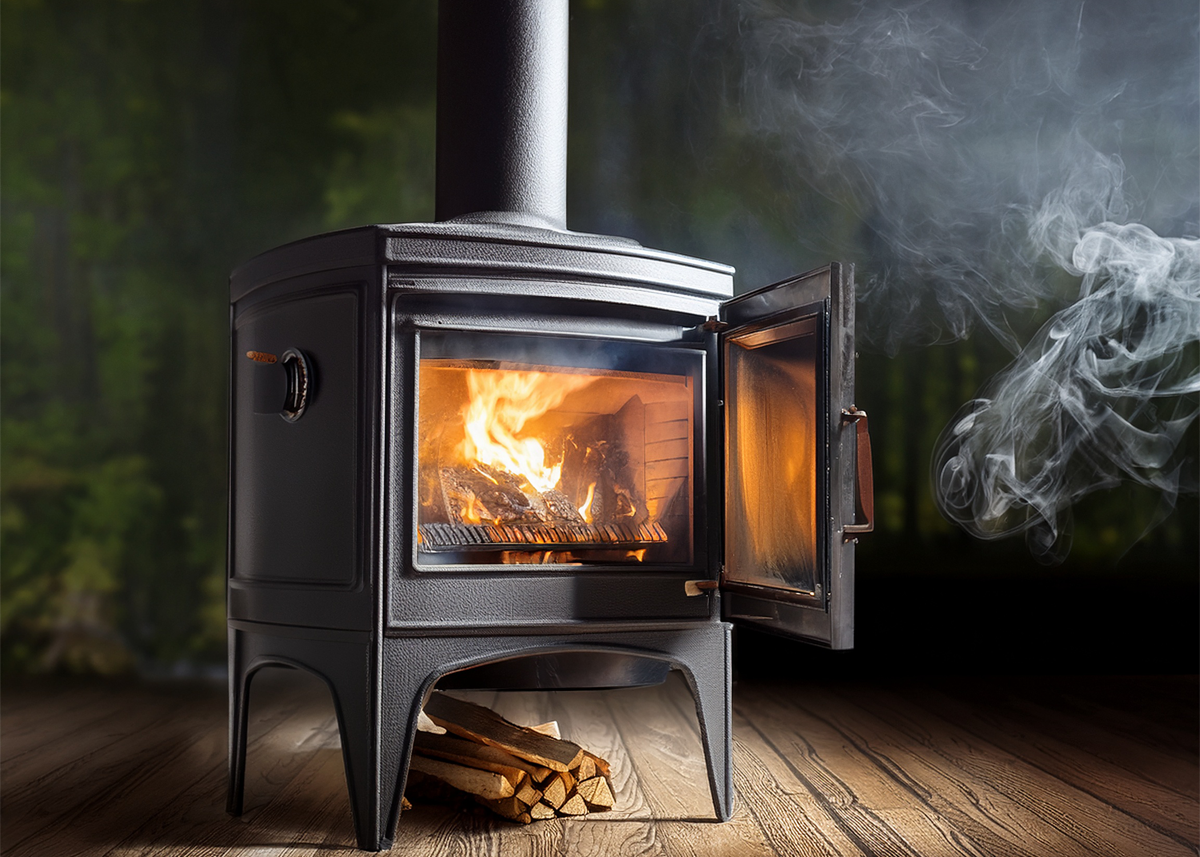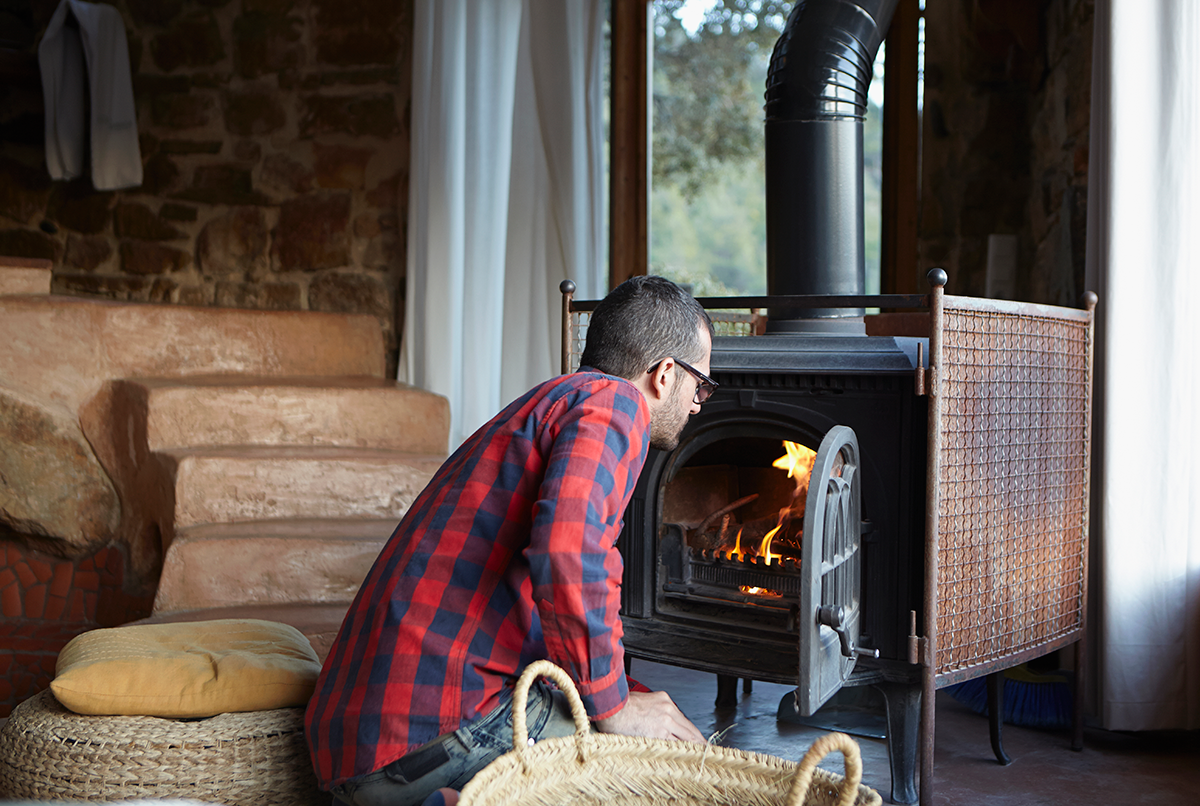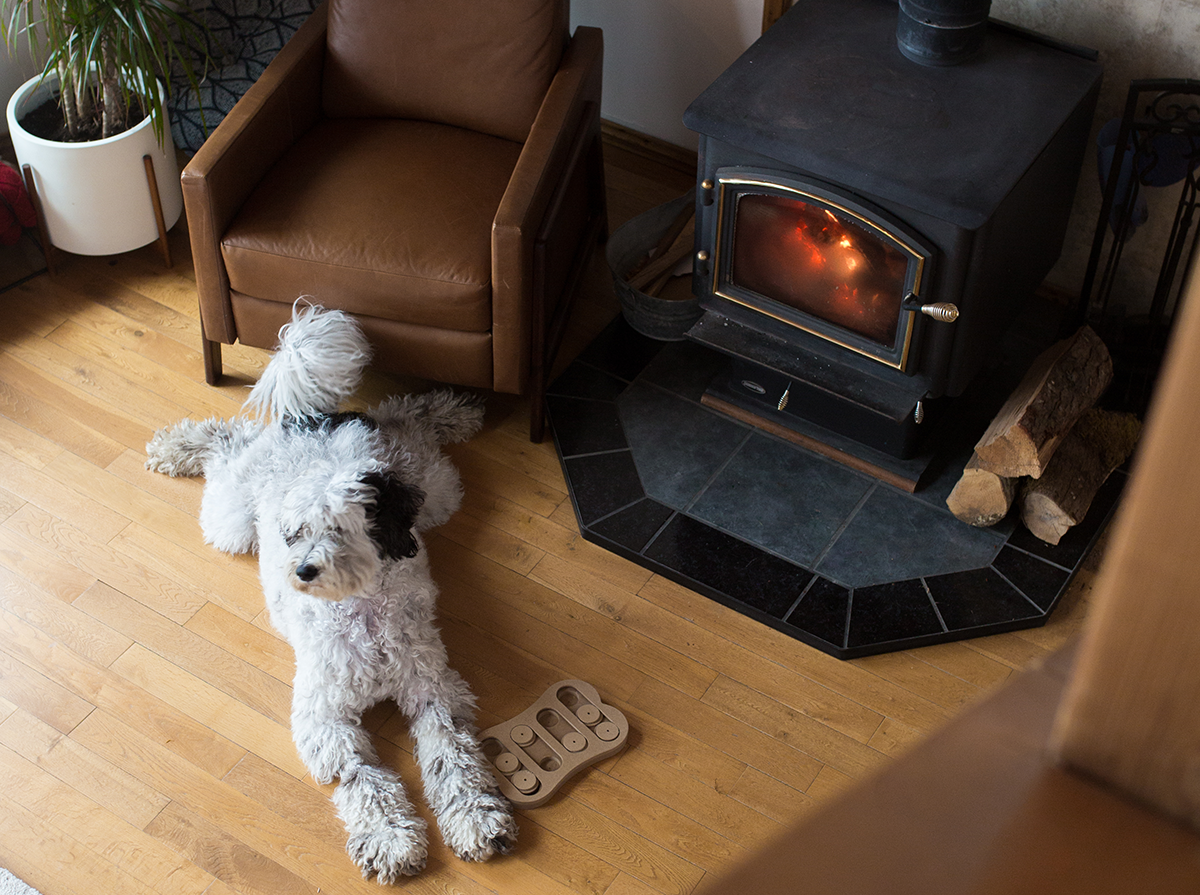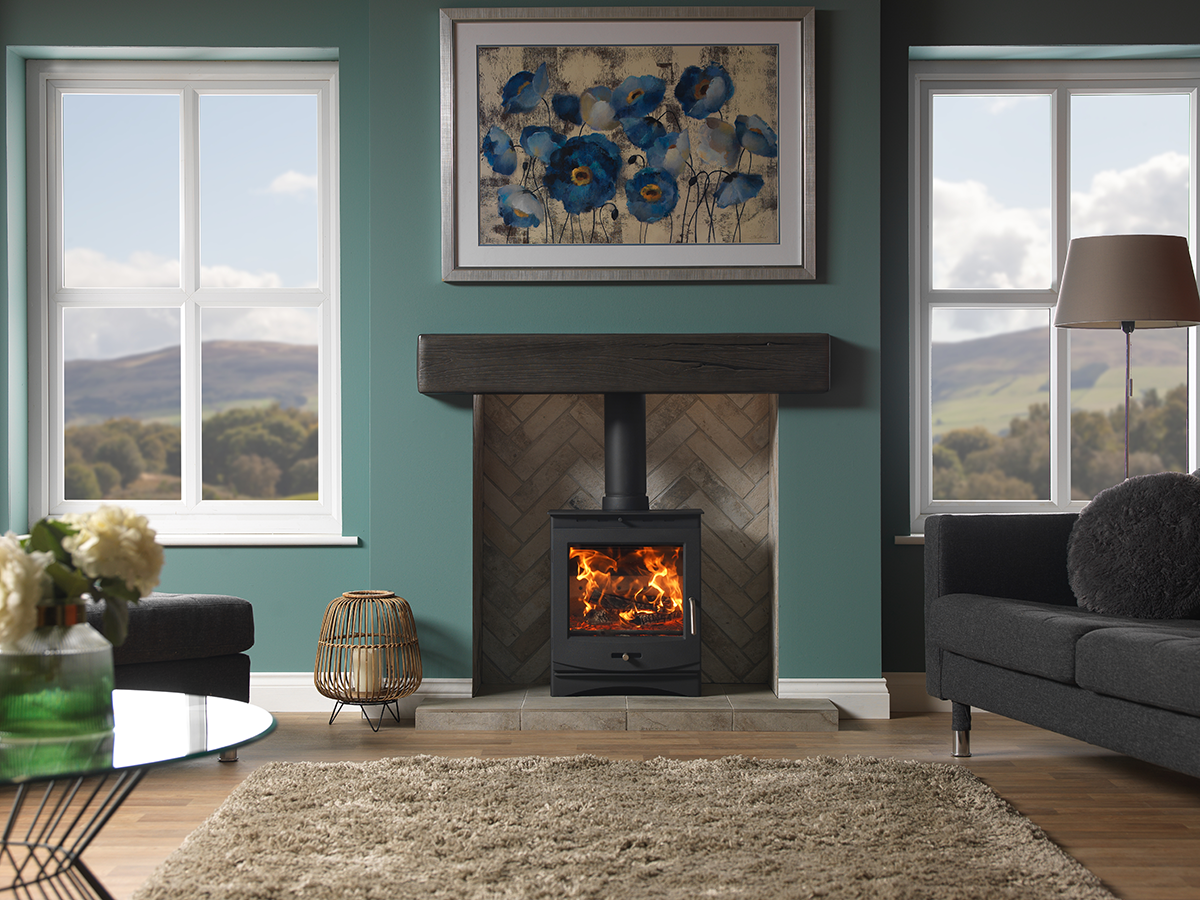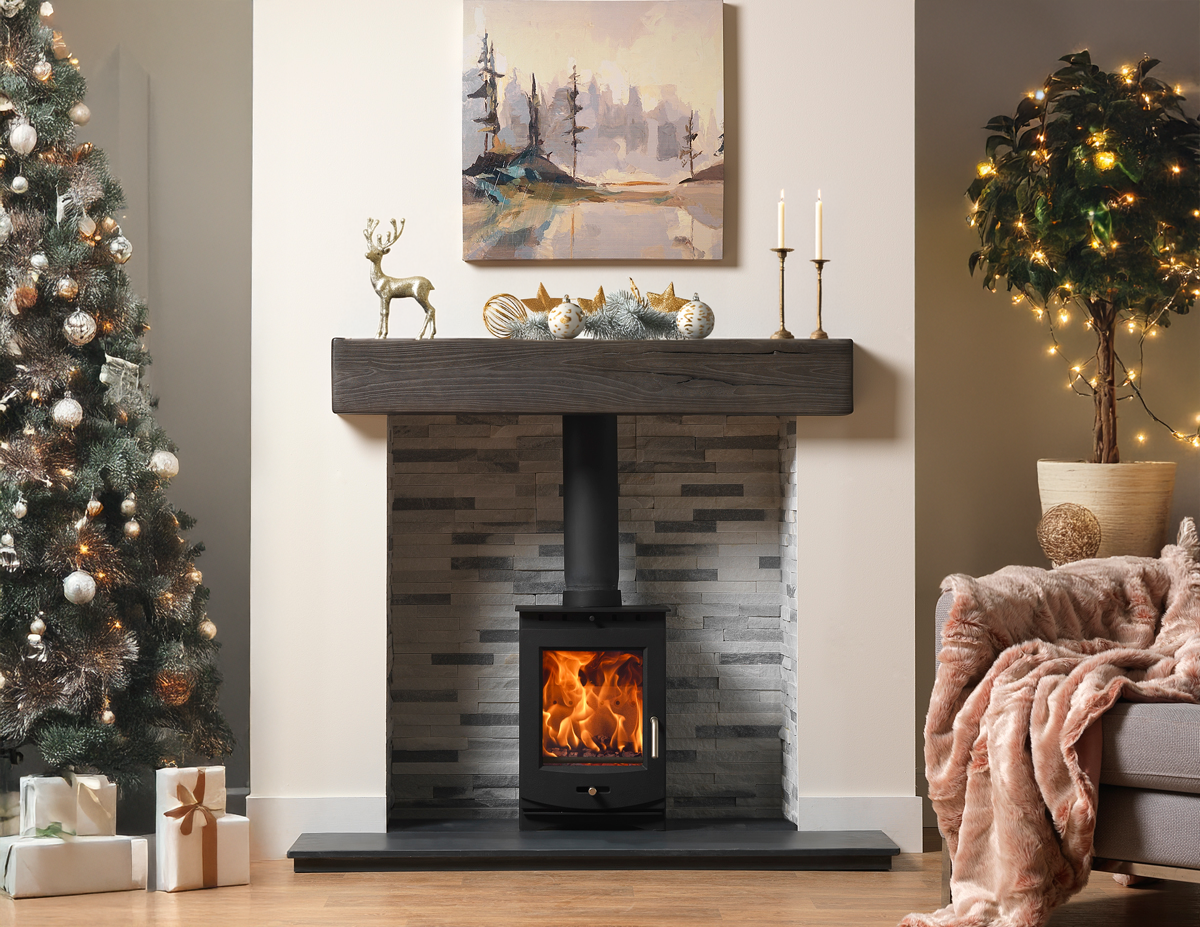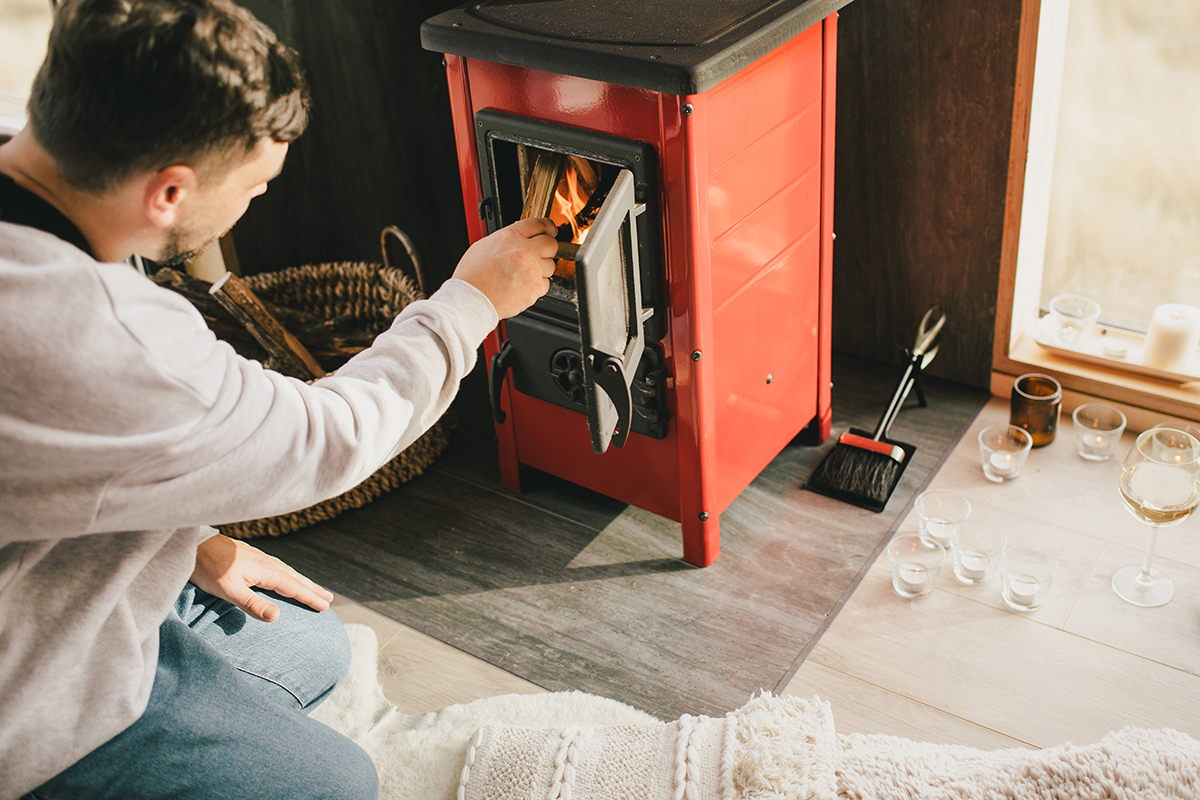Blog
-
Posted: July 31, 2025Categories: StovesRead more »
As more homeowners look for efficient, stylish, and cost-effective ways to heat their homes, solid fuel stoves remain a popular choice. But when choosing a stove, one of the first decisions you’ll need to make is whether to go for a multi-fuel stove or a wood-only stove. Both options have their advantages, so how do you know which is right for your home?
In this blog, we’ll explore the key differences between the two, the benefits of each, and what factors to consider before making your decision.
-
Posted: June 30, 2025Categories: Carbon MonoxideRead more »
Planning a summer break in a caravan, cottage, or boat? A carbon monoxide alarm is an essential travel item that could save your life. Find out why and stay safe this holiday season.
-
Read more »
Nothing spoils a cosy evening in front of the fire like smoke billowing back into your room. If you’ve noticed smoke coming back down your chimney, it’s a clear sign something’s not working as it should. But don’t worry — in most cases, the problem can be identified and fixed fairly easily.
In this guide, we’ll explain the most common causes of chimney smoke issues, how to troubleshoot them, and what solutions are available to get your fireplace or stove working safely and efficiently again.
-
Read more »
Is your chimney liner still doing its job? If you’re not sure, it might be time to take a closer look. A damaged or worn-out chimney liner can lead to serious safety risks, including chimney fires and carbon monoxide leaks. In this guide, we’ll cover the top signs your chimney liner needs replacing - and what can happen if you don’t.
-
Posted: March 12, 2025Categories: StovesRead more »
A wood-burning or multi-fuel stove is a fantastic addition to any home, providing warmth, ambiance, and efficiency. However, to ensure it runs safely and efficiently, regular maintenance is essential. Here are some key tips to keep your stove in top condition:
-
Posted: February 05, 2025Categories: StovesRead more »
Upgrading to a modern Ecodesign stove offers major benefits, including up to 90% fewer emissions than an open fire and greater efficiency - saving you money on fuel while keeping your home warm.
Key Benefits
Better Heating & Wellbeing
- More efficient heating with lower emissions when used with dry, sustainable wood.
- Reduces condensation, damp, and mould—ideal for older homes.
- Creates a cosy focal point and promotes mental wellbeing.
Energy Security & Cost Savings
- Provides heat during power cuts, reducing reliance on the grid.
- Protects against rising energy prices.
- A supply of wood means predictable heating costs.
Cleaner Air & Lower Emissions
- Modern stoves using dry wood contribute just 0.3% to total UK PM2.5 emissions.
- Reduce emissions by 90% compared to
-
Posted: December 03, 2024Read more »
With Christmas around the corner, many of us are eagerly decking the halls. But if your home features a stove or fireplace, it’s crucial to decorate with safety in mind. Fireplaces radiate intense heat, and poorly placed decorations can quickly become fire hazards.
For a beautiful and safe Christmas display, remember these essential tips:
-
Posted: October 08, 2024Categories: StovesRead more »
Burning wood efficiently isn’t just about creating a warm, cosy atmosphere - it also has numerous benefits. It helps you save on fuel costs, keeps your chimney cleaner, and reduces harmful emissions. If you live in a Smoke Control Area, burning the right fuel can even help you avoid fines!
By following a few simple guidelines, you can enjoy a clean-burning fire while minimising pollution. It’s all about getting your fire up to the right temperature quickly and maintaining it for the best results. Here’s why it matters and how you can make sure you’re burning right:
- Start with Quality Fuel: Use dry wood with a moisture content of 20% or less. Look for the ‘Ready to Burn’ logo when purchasing logs, and store them properly in a well-ventilated area.
- Quick Fire Start: Use plenty of small kindling or firelighters to get the fire going fast. This helps your fire reach the right temperature efficiently.
- Control
-
Posted: August 29, 2024Read more »
As the nights begin to grow colder, many of us look forward to the cosy warmth of wood-burning stoves and open fires during the winter months. However, before you light that first fire of the season, it’s crucial to remember the importance of having your chimney swept. Ensuring your chimney is clear of obstructions will allow it to function safely and efficiently.
Regular chimney sweeping is essential for removing soot, bird nests, cobwebs, and other blockages. It also eliminates creosote buildup, a highly flammable substance that can lead to dangerous chimney fires.
How Often Should You Sweep your Chimney
At a minimum, your chimney should be swept once a year to keep it clean and prevent buildup that becomes harder to remove over time. Many homeowners opt for a sweep at the end of summer, ensuring their chimney is ready for the colder weather ahead.
The frequency of sweeping also depends on how often
-
Posted: July 31, 2024Categories: Twin WallRead more »
If you've always dreamed of having a wood burning or multi-fuel stove but lack a chimney, there's good news: you don't need one! A Twin Wall Insulated Flue System can create both indoor and outdoor flues, making it possible to install a stove in homes without pre-existing chimneys.
Why Choose a Twin Wall Insulated Flue System?





